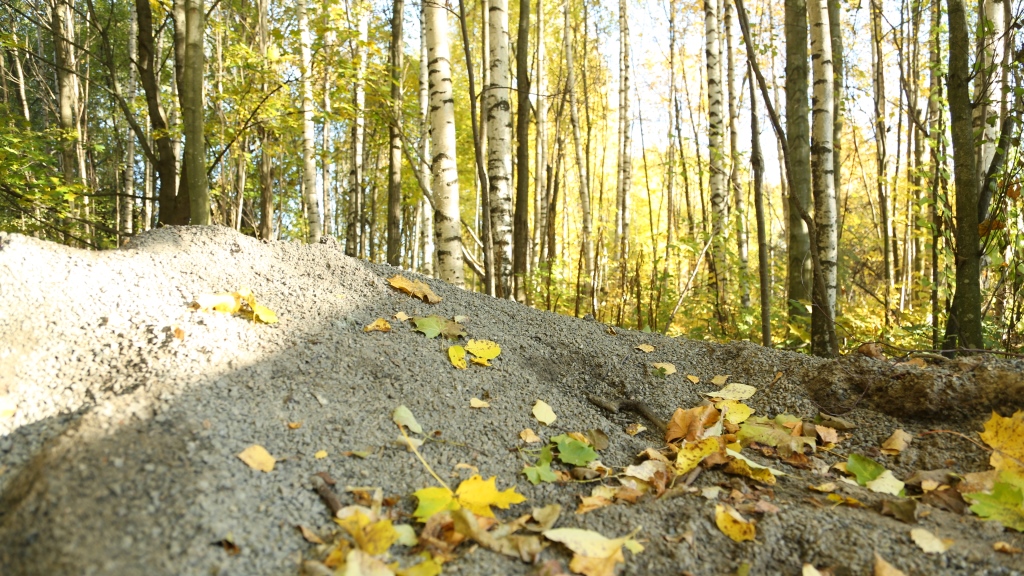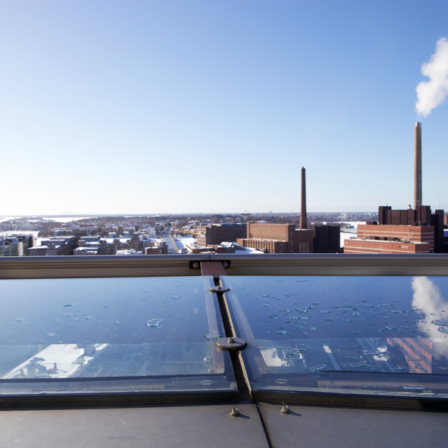Every year, we mark Earth Overshoot Day. This is the day on which humanity exhausts nature’s budget for the year. For the rest of the year, we will be operating in excess and with each new year, overshoot day comes earlier: humanity’s consumption exceeded the Earth’s carrying capacity for the first time in the 1970s; in 1995, Earth Overshoot Day was in November, while the 2009 overshoot day arrived in late September. This year, nature’s budget was exhausted by August.
Marking overshoot day is one way of demonstrating how we are living beyond our means. The date is an estimate based on the concept of the ecological footprint, representing the size of the land and water areas required for producing the food, materials and energy we consume and for treating the waste we generate. The concept was developed by the Canadian scholars Mathis Wackernagel and William E. Rees in the early 1990s.
The measurement unit used in calculating the ecological footprint is the global hectare (gha). One global hectare represents the average productivity of all biologically productive areas on Earth in any given year. In the 2008 comparison of consumption and lifestyle, Finland’s footprint was 6.21 gha and that of India was 0.87 gha, while the US’s footprint was 7.19 gha.
On a larger scale, consumption of natural resources can be presented as the number of Earths needed to sustain the world’s population at a certain level of consumption. At present, the world’s population is consuming the resources of 1.5 Earths. However, if everyone on Earth lived like the Finnish people, we would need the resources of 3.5 Earths to sustain our lifestyle. On a global scale, the situation keeps worsening, with the world’s population being expected to reach 9 billion by 2050 while our natural resources continue to diminish.
It is easy to understand the consumption of natural resources in practice, by looking at food production. According to an American study published in the Proceedings of the National Academy of Sciences in August 2014, beef production requires 28 times more land and 11 times more water, and generates five times more greenhouse gas emissions, than the production of pork or chicken meat. If red meat is compared to activities such as growing potatoes or rice, the difference in the required land area can be as high as 160-fold.
“This type of research data helps us to understand how to guarantee, say, a sufficient food supply; we need to move towards a more vegetable-oriented diet and do everything we can to minimise the amount of food we waste,” says Senior Research Scientist Riina Antikainen of the Finnish Environment Institute.
Thanks to the concept’s global consideration of the problems associated with emissions and resource scarcity, the ecological footprint can be used to monitor the impact of humans on the environment from a holistic point of view.
Any city aiming towards resource wisdom has the potential to sustain a lifestyle that does not exceed the Earth’s carrying capacity limit set for one planet living. This requires emission reductions and reining in the consumption of natural resources.
“One-planet living combines emission reduction and circular economy targets, representing them in an intuitive, concrete and understandable way. It also highlights how absolutely vital it is that we stop overspending our natural capital,” says Lari Rajantie of Sitra.




Recommended